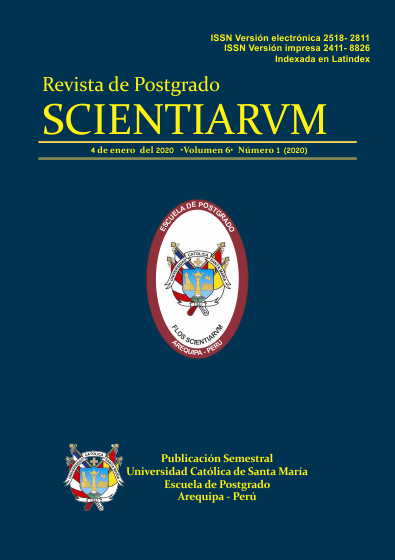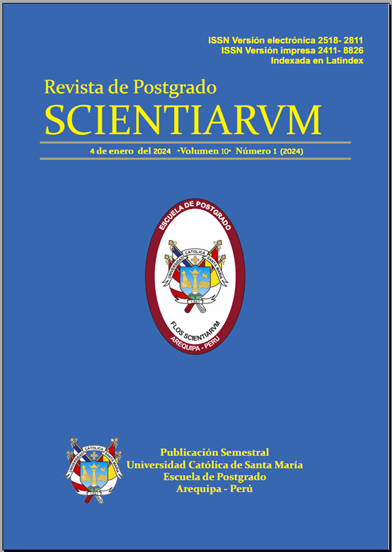UTILIDAD DE LA CISTERNOGRAFÍA RADIOISOTÓPICA HÍBRIDA SPECT/CT 99MTC-O4--DTPA Y RMN EN EL DIAGNÓSTICO DE UN CASO DE HIPOTENSIÓN INTRACRANEAL ESPONTÁNEA: REVISIÓN DEL TEMA.
UTILITY OF SPECT / CT 99MTC-O4 HYBRID RADIOISOTOPIC CYSTERNOGRAPHY - DTPA AND NMR IN THE DIAGNOSIS OF A CASE OF SPONTANEOUS INTRACRANIAL HYPOTENSION: A REVIEW OF THE TOPIC.
Resumen: La hipotensión intracraneal espontánea (HIE) es una causa poco frecuente de cefalea secundaria de tipo ortostática, caracterizada por presentar una presión y volumen de líquido cefalorraquídeo (LCR) disminuidos, donde juegan un rol importante la calidad dural y factores mecánicos como los osteofitos vertebrales, que tras traumatismos mínimos permiten la fuga de LCR. Se presenta el caso de un paciente varón de 56 años de edad, quien presentaba cefalea postural intensa, con el antecedente de un traumatismo de leve intensidad a nivel de columna dorsal baja con presión de LCR en el límite inferior de la normalidad, en quien la cisternografía radioisotópica SPECT/CT, proporcionó el diagnóstico definitivo y localización anatómica exacta de la fuga de LCR, orientando al tratamiento. Se realiza una revisión de la fisiopatología, presentación clínica, diagnóstico y tratamiento de la HIE, haciendo hincapié en las modalidades de ayuda diagnóstica, donde la imágenes híbridas en medicina nuclear con equipo SPECT/CT permiten un diagnóstico y manejo definitivos de la HIE.
Palabras clave: Cefalea ortostática, fuga de LCR, cisternografía radioisotópica, imagen híbrida, SPECT/CT, hipotensión intracraneal espontánea.
Abstract: Spontaneous intracranial hypotension (HIE) is an uncommon cause of secondary orthostatic headache, characterized by a decreased pressure and volume of cerebrospinal fluid (CSF), where dural quality and mechanical factors such as vertebral osteophytes play an important role, that after minimal trauma allow CSF leakage. We present the case of a 56-year-old male patient, who presented with severe postural headache, with a history of mild trauma at the level of the low thoracic spine with CSF pressure at the lower limit of normality, in whom radioisotopic SPECT/CT cisternography, provided the definitive diagnosis and exact anatomical location of the CSF leak, guiding
treatment. A review of the pathophysiology, clinical presentation, diagnosis and treatment of HIE is carried out, emphasizing the diagnostic aid modalities, where hybrid imaging in nuclear medicine with SPECT/CT equipment allows a definitive diagnosis and management of HIE.
Keywords: Orthostatic headache, cerebrospinal fluid leakage, radioisotopic cisternography, hybrid imaging, SPECT/CT, spontaneous intracranial hypotension
Revista Seleccionada
Enero 2020 Volumen 6 - Número 1 P 27-31
DOI: 10.26696/sci.epg.0110
Enlaces
EDITORIAL
CIENCIAS SOCIALES Y HUMANIDADES
PROTECCION DEL MEDIO AMBIENTE EN LAS COMUNIDADES CAMPESINAS, SEGUN TRIBUNAL CONSTITUCIONAL
SATISFACCION DEL ESTUDIANTE RESPECTO A LA EDUCACION VIRTUAL EN TIEMPOS DE COVID-19
CIENCIAS BIOLÓGICAS Y DE SALUD


